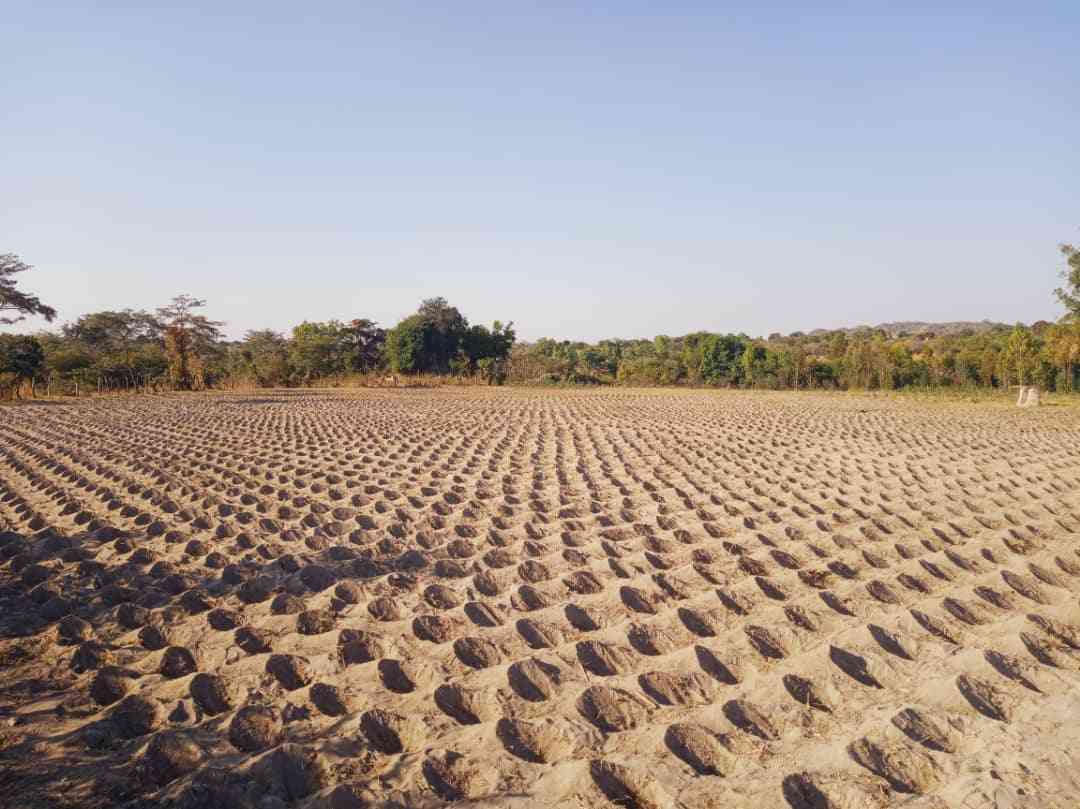
IN FEBRUARY 2023, authorities took unprecedented policy measures by shifting from reporting Zimbabwean dollar (ZWL) inflation to blended inflation statistics for policy guidance.
Since the US dollar dominates in the weighting, blended metrics are showing outcomes that are completely detached from people’s lived realities.
So, building up from last week, the column succinctly analyses the macro-economic outlook including at the global and regional level to get the true picture of the obtaining situation.
Global outlook
Global economic activity is expected to slow down from an estimated 3,2% in 2022 to about 2,9% in 2023. This is 0,2 percentage points higher than International Monetary Fund’s (IMF) October 2022 forecasts.
Constraining global economic activity has increased financial tightening by major central banks to fight inflation and subdue the impacts of the Russia-Ukraine war.
This is expected to exert downward pressure on global inflation to close 2023 at 6,6% from a peak of 8,8% in 2022. All else constant, the declining trend will continue in 2024 to 4,2%, which is, however, still above pre-pandemic levels of 3,5% (2017-19).
Although adverse risks have moderated since October 2022, the balance of risks remains tilted to the downside. On the upside, a stronger boost from pent-up demand in various economies or a faster decline in inflation is plausible.
- Inside sport: Home is best to invest
- Inside sport: Home is best to invest
- Africa is paying dearly for the Russian/Ukraine conflict
- Power cuts: Zesa sleeping on duty
Keep Reading
However, on the downside, the Ukraine war could escalate, geopolitical rifts continue to widen risking a severe trade war, and tighter global financing costs could worsen debt distress and plunge the global economy into a financial crisis.
Amid the cost-of-living crisis, the priority remains to achieve sustained disinflation. As such, fiscal support should be better targeted at those most affected by elevated food and energy prices, and broad-based fiscal relief measures should be withdrawn.
Regional outlook
Economic growth in Sub-Saharan Africa (SSA) is projected to remain moderate at 3,8% in 2023 amid the prolonged fallout from the Covid-19 pandemic, before picking up to 4,1% in 2024.
Even as the cost-of-living pressures are anticipated to moderate, the negative impact of persistent poverty and food insecurity on growth, amplified by other vulnerabilities, such as unfavourable weather, high debt, policy uncertainty, and violence and conflict is anticipated to keep the pace of recoveries subdued in many SSA countries.
A deeper-than-anticipated slowdown of the global economy could cause sharp declines in global commodity prices dampening growth in SSA exporters of oil and industrial metals.
Global financial conditions could tighten more if global inflation pressures persist longer than expected leading to higher borrowing costs and a higher risk of debt distress in many SSA economies.
The SSA food systems, already stressed by elevated costs of farming inputs and weather-induced production losses, remain particularly vulnerable to further disruptions that could lead to surging food prices and increased food insecurity.
Domestic outlook
The government is projecting GDP growth to moderate to 3,8% in 2023, a slowdown from 4% realised in 2022 and 7,8% realised in 2021. Underlying assumptions for 2023 GDP growth, include favourable rainfall patterns across the country, elevated global commodity prices, increased electricity production, a sustainable fiscal deficit of about 1,5% of GDP, a stable ZWL, and low monthly inflation averaging 1-3%.
The balance of risk to the domestic economy is tilted to the downside. On the upside, the agriculture sector is expected to perform better than in 2022 as most parts across the nation have received good rainfall patterns.
Although mineral prices are likely to be subdued in 2023 due to a likely waning global demand, the mining sector is expected to anchor the economy through export earnings.
The mining sector is Zimbabwe’s forex cash cow accounting for 70% of total export receipts on average per year.
Furthermore, I expect increased activity in the construction sector as the government pursues the completion of ongoing projects like housing, roads and dam construction ahead of the general elections.
On the downside, power challenges could persist at least through the first half of 2023, despite the expected coming on board of two new Hwange thermal units with a combined installed capacity of 600MW. This is increasing business operating costs and fuelling the cost-of-living crisis. Also, the upcoming harmonised elections will likely subdue economic activity and destabilise the economy as the Treasury is expected to spend beyond its limits due to political pressure.
Zimbabwe’s elections are usually characterised by political violence, police brutality and violation of human rights. All these increase the country’s investment risk premium, which could greatly constrain employment creation, output growth and wealth creation.
More so, the ongoing global financial tightening is increasing Zimbabwe’s cost of accessing new borrowing lines as well as the cost of servicing its existing debts.
The latest official statistics show that the nation is in debt distress as nearly 45% of US$14,04 billion external debt are arrears and penalties. With a huge debt overhang, the nation is now resorting to token payments - a mere acknowledgment of existing financial obligations. The debt conundrum has plunged the majority into poverty, collapsed the fiscal space and is now fuelling collateralised borrowing (resource-backed loans).
The debt-linked economic tightening increases the risk of social unrest as public service delivery is crowded out amid unbearable inflation and high levels of inequality.
The foregoing shows that the economy is faltering and is facing enormous risks than what authorities are trying to portray. As such, resorting to blended metrics will neither strengthen the fragile Zimbabwean dollar that has lost more than 50% of its value in year-to-date terms nor increase domestic production, which is facing threats of increased imports as the economy is rapidly re-dollarising.
For stability to occur, authorities must come to terms with reality and implement market-driven policies and reforms to stabilise the Zimdollar, curb corruption and impunity, thwart illicit dealings, promote fiscal discipline, attract private investment and improve market competition and innovation.
Sibanda is an economic analyst and researcher.He writes in his personal capacity. — brasibanda@gmail.com or Twitter: @bravon96






